- Text: Strelka Magazine
- Photographs: Natalia Melikova
POCKET AVANT-GARDE: CREATING A MAP OF CONSTRUCTIVIST MOSCOW
Strelka Magazine looked into the design and selection process of the Constructivist Moscow Map and learned which buildings, regrettably for the map's creators, did not make it.
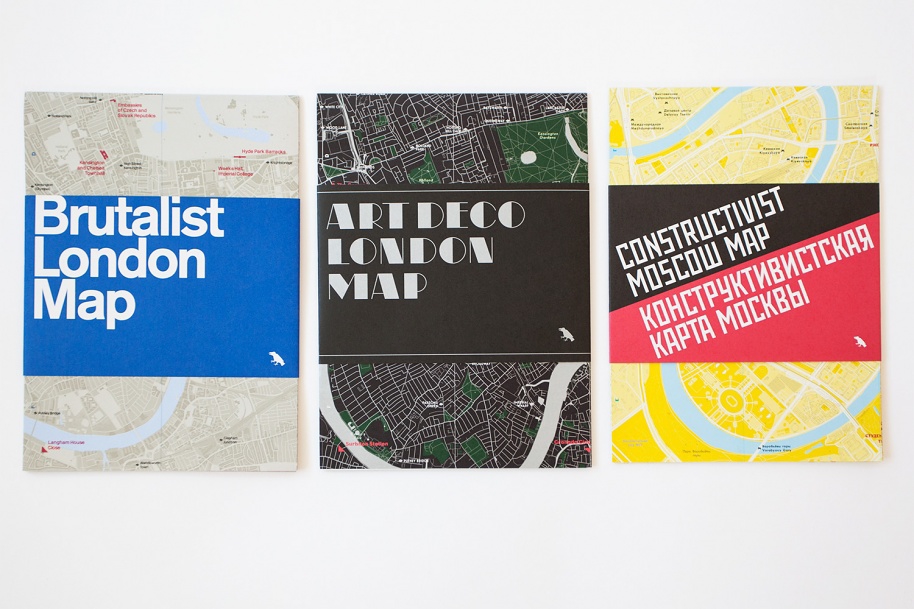
The young London publishing house Blue Crow Media has just released a dual-language map featuring buildings of Moscow’s avant-garde era. The map will be presented at Strelka on September 14 as a part of the public talk, “Saving Constructivism: Theory and Practice”. Strelka Magazine talked to the map’s publisher Derek Lamberton, photographer Natalya Melikova and historian Nikolay Vasilyev about the details of the selection process, lesser-known buildings making it into the collection, the choice of a red-yellow colour scheme and the primary audience of the map. As it turned out, its creation process is a proper reflection of things happening to avant-garde monuments today.
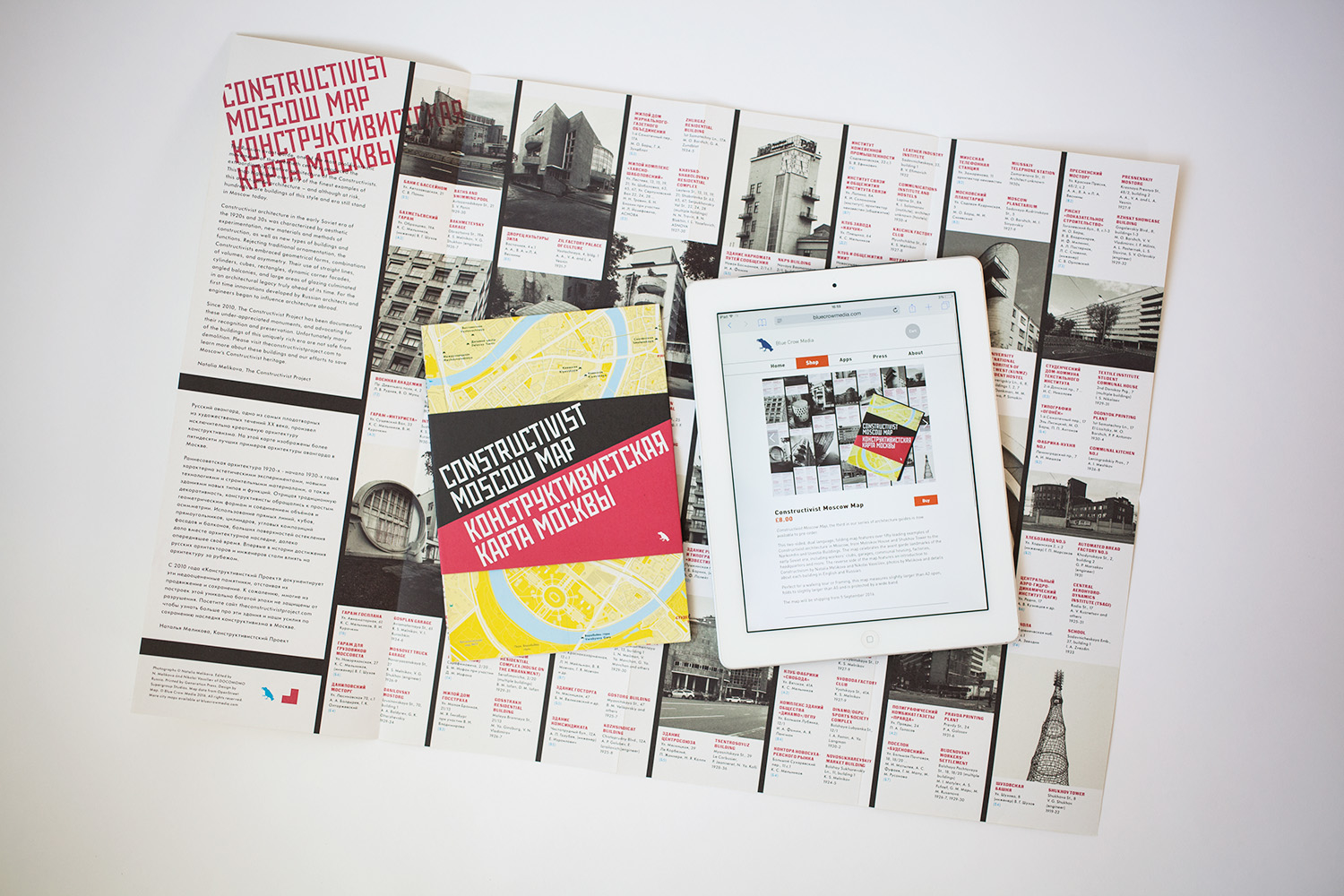
GUIDES TO RARER STYLES
Blue Crow Media focuses on 20th century architecture, especially on post-WWII styles and the movements that inspired them. The first map released by the publisher featured London’s brutalist architecture: its relative lack of publicity was important to the authors of the guide. Their next guide highlighted London art deco, and the third one delved into Moscow Constructivism. The choice of the latter was partly linked to both founders researching the Russian avant-garde in their theses.
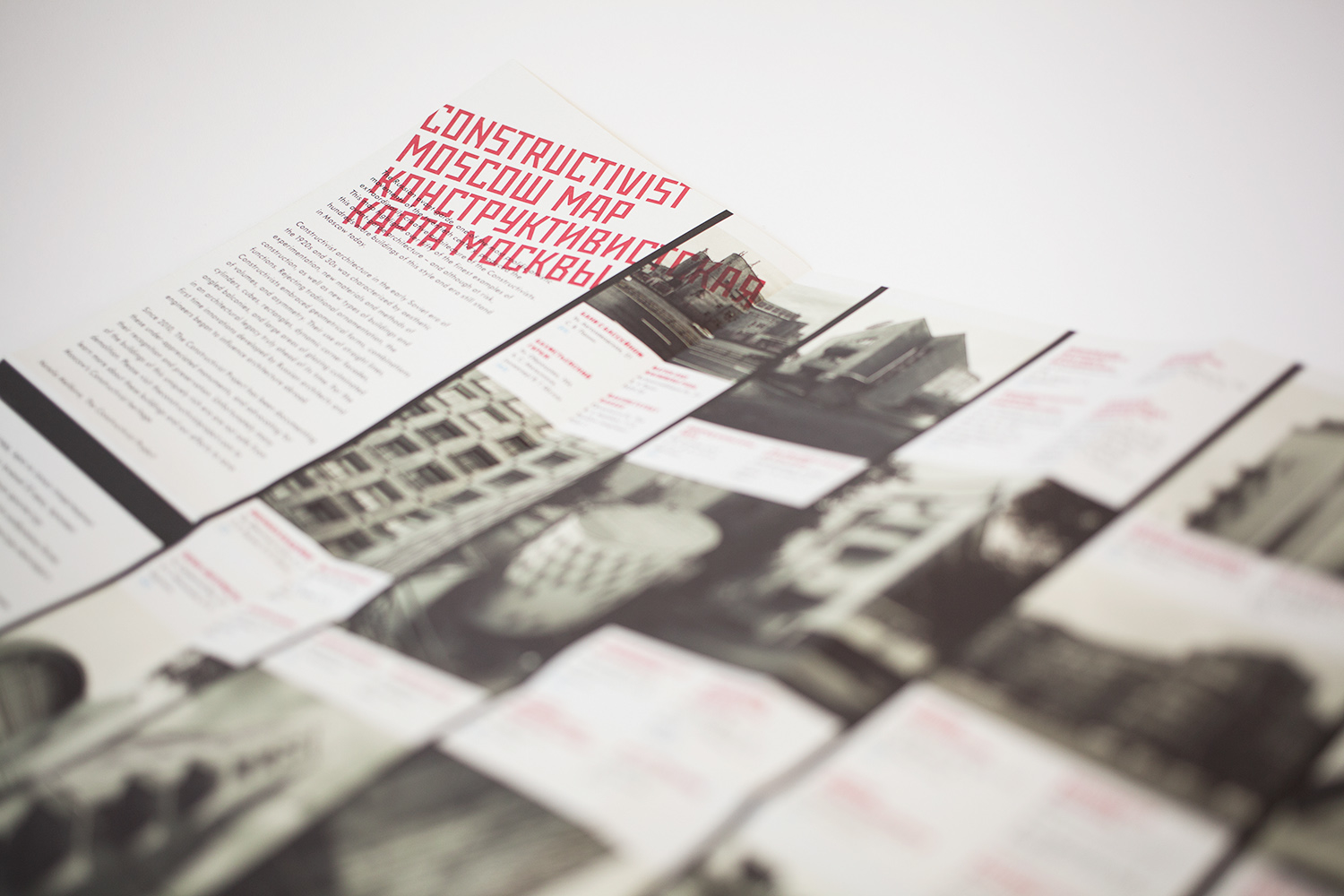
The work on the map started in January, when Derek first saw the photographs made by Natalya Melikova, the founder of The Constructivist Project, and invited her to participate. Natalya first fell in love with the avant-garde back when she was a studying photography in San Francisco and was working on her own thesis, centered around Alexander Rodchenko’s work. “I learned about Constructivism through Rodchenko’s photographs; I had not even heard the word “Constructivism” before. When I arrived in Moscow in 2010, I went in search of all these buildings and saw them in their current state… My thesis was called The Constructivist Project. Several years later I returned to Russia once again, this time with an exhibition. Yet my interest shifted from just taking photos to preserving and researching the avant-garde, and now there is no way for me to abandon this cause.”
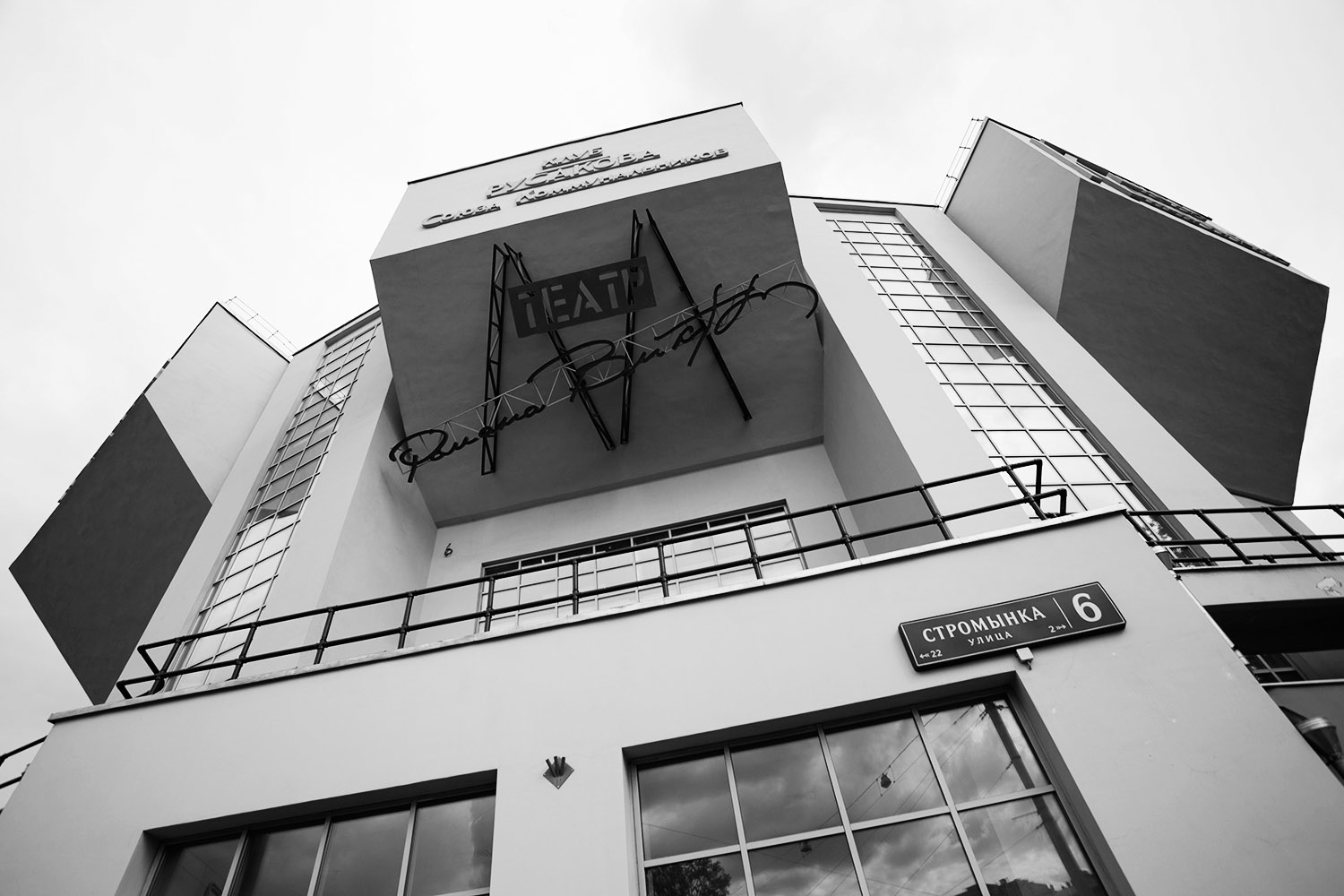
DoCoMoMo Moscow branch general secretary Nikolay Vasilyev became the third member to join the project. In 2011 he, together with Yelena Ovsyannikova, wrote Avant-Garde Architecture. Moscow. Late 1920s – early 1930s, a book that mentioned some 500 objects and which featured detailed maps. However, one would hardly find it enjoyable to drag a 500-page tome around the city, so this time Vasilyev worked on an A2-size pocket map guide, complemented with an illustrated list of buildings with brief descriptions in Russian and English.
50 STEPS FOR BEGINNERS: SHOPS, PARKINGS, POOLS
According to Vasilyev, the proposed format of the map was based on two rules. Firstly, all selected buildings had to be located within the city center,otherwise the map would be too small-scale. As a result, the map covers the area between the Intourist Garage on Suschevsky Val to the north, the Mostorg Building on Krasnaya Presnya St. to the west, Shablovka St. to the south and Gosplan Garage on Aviamotornaya St. to the east. However, two exceptions were made: special arrows were added to direct guide users to the Proletarsky district public bathhouse and pool and the Svoboda Factory Club.
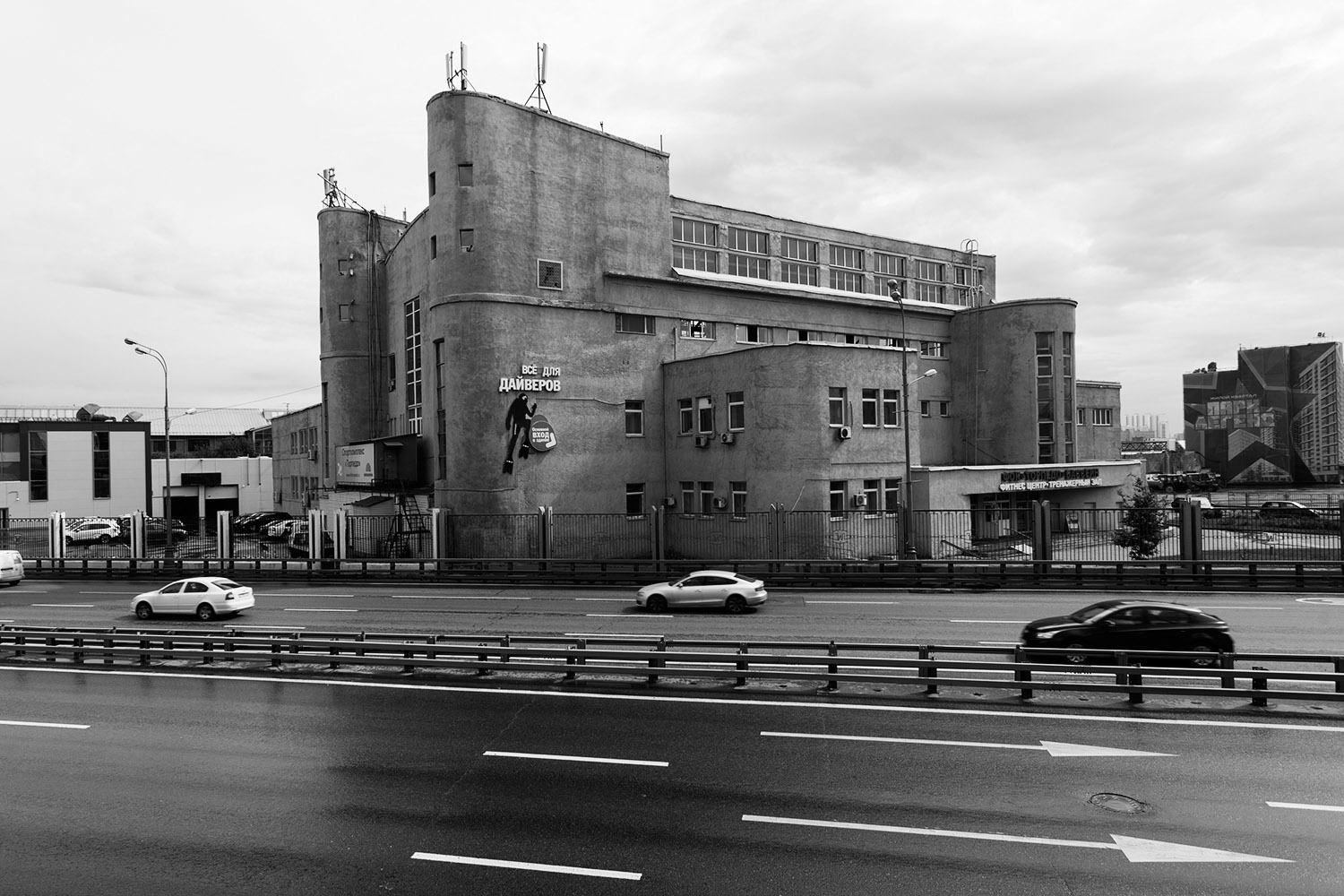
Secondly, the guide was limited to 50 of the most important buildings. “It primarily features the must-see buildings: the Narkomfin Building, Mosselprom, Centrosoyuz, the Rusakov Club, Shukhovskaya Tower. But we also managed to include some more obscure objects, including the building of the All-Union Power Engineering Institute. Its construction, influenced by Le Corbusier, was launched at the same time as Centrosoyuz, but was completed earlier. Another example is the House on the Embankment, whose grim historical image often overshadows its prominent avant-garde architecture. We also mentioned several public garages, which also often remain underappreciated,” said Vasilyev.
Natalya Melikova laments the literal disappearance of certain buildings from the short list. For instance, the Taganskaya Telephone Exchange, one of the buildings proposed for the map, was demolished while the work on the project was still ongoing. Dinamo Stadium, another building that Natalya wanted to mention to showcase the variety of the avant-garde style, was heavily altered by the recent reconstruction.
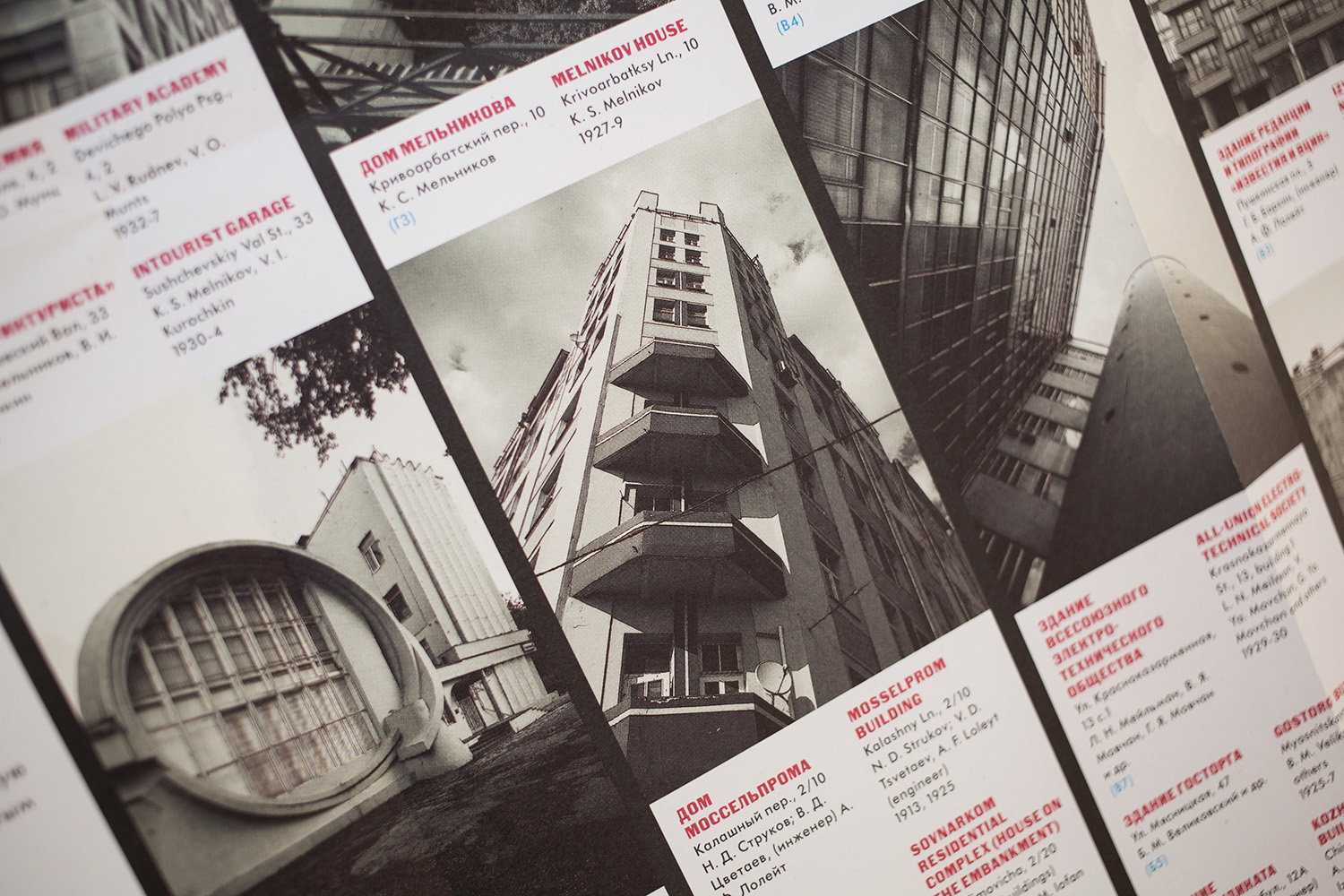
Although the final guide does not feature any sports facilities, it still reflects the diversity of the architectural forms of the era. The list of mentioned buildings includes a factory kitchen, bathhouses, a house of culture, several shops, residential houses and dormitories, public buildings, a metro station, a school and a number of factories. According to Natalya, one of the pursued goals was to display the variety of avant-garde heritage. "You should think of it as of a map for beginners. Those who are well versed in the subject can nitpick over us leaving something out, but for those who are only getting to know the Constructivist style, the map can prove to be a valuable survey, providing them with directions for more thorough research in more detailed sources".
AVANT-GARDE AS A POPULAR DESIGN AND PRESSURE POINT
For each new guide, Blue Crow Media chooses the best fitting design. “The map design is a direct reflection of the avant-garde era. We borrowed our mix of yellow and red from the early Soviet maps that we found through Greg Miller’s articles in Wired,” said Derek.
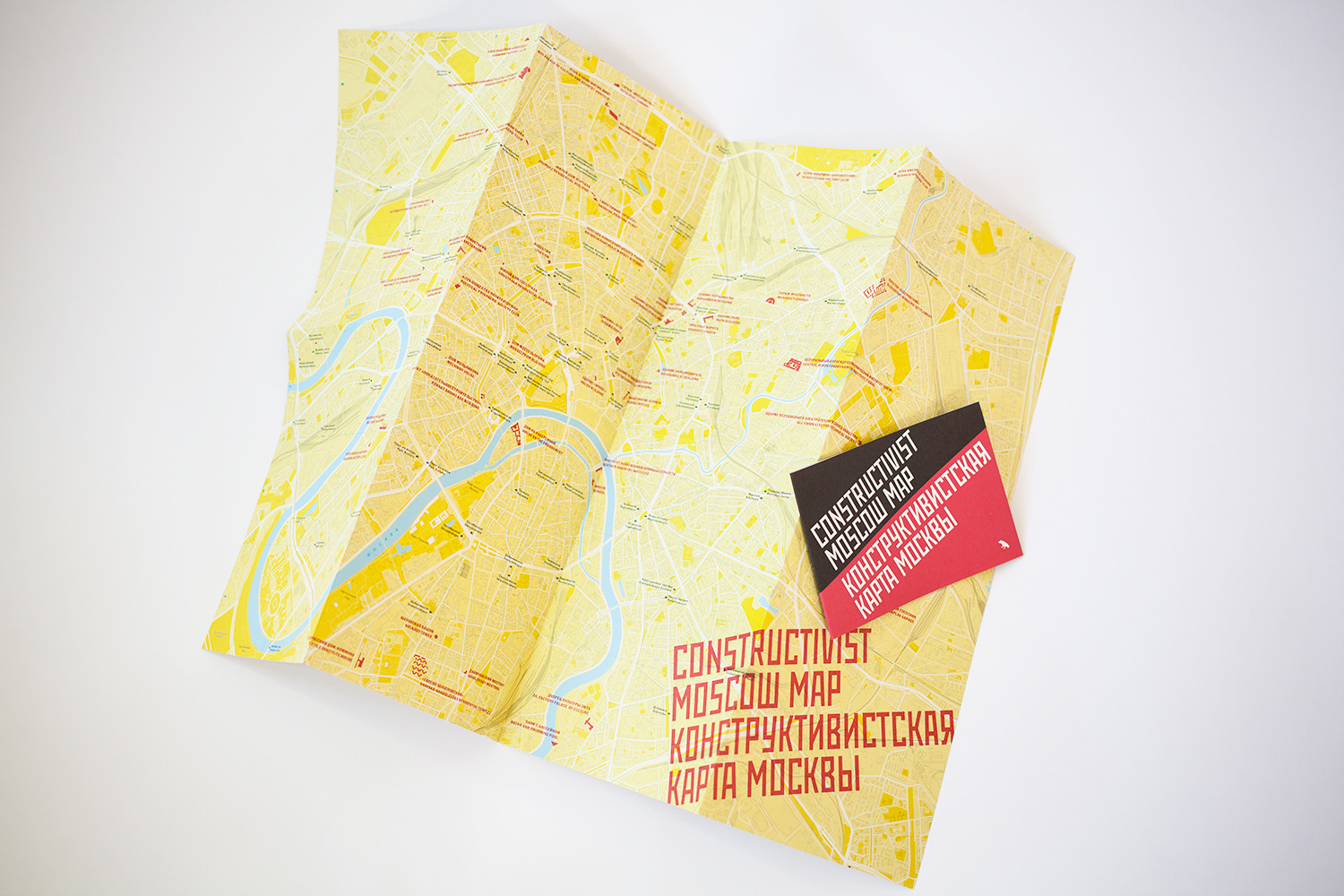
Despite shooting some of the buildings many times before, Natalya Melikova took new photographs of the objects for the guide. “I love shooting Rodchenko-style, but Derek thought that the photos would not be clear enough and would only send tourists’ heads spinning. Moreover, we mainly needed vertical photographs,” Natalya explained. “But we still used the old photos in certain cases. For instance, Shukhovskaya Tower with its new support structures just does not impress as much as it used to, and Zotov Bakery Plant is currently covered by scaffolding.”
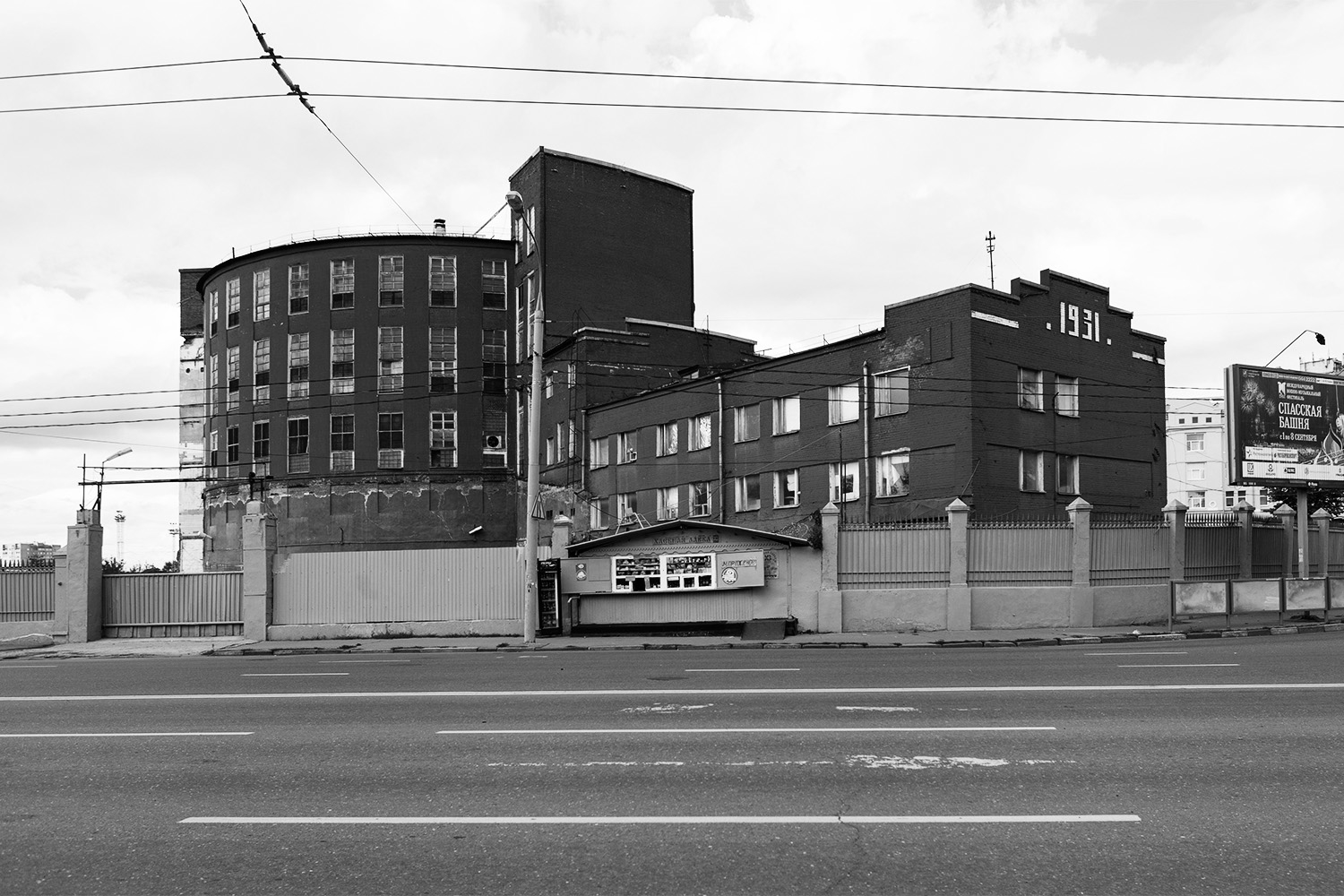
In Moscow the map will be available for purchase at the Garage Museum, Falanster and Respublika book stores, and at Strelka, but the publishers promise to find more outlets in the future. Nikolay Vasilyev insists that the guide should be sold at Moscow hotels together with printed guides for Red Square, the Moscow monasteries and shops. Melikova notes that the map might prove even more useful to foreign tourists, as the majority of information related to the Constructivist era remains untranslated. “It’s weird. For instance, the Russian Olympic team at Rio wore avant-garde-style uniforms. The graphic design of the era has a positive image and is used for PR purposes, and yet the respective architectural style is largely ignored,” said Natalya. “Lately we have witnessed a birth of a new photography specialty: taking photos of avant-garde buildings before they get torn down. We hope that the map will help save the buildings by drawing attention to them. The moment we start forgetting, we start losing.”
Poster/Prints
Bauhaus - Zaporizhzhia: catalog
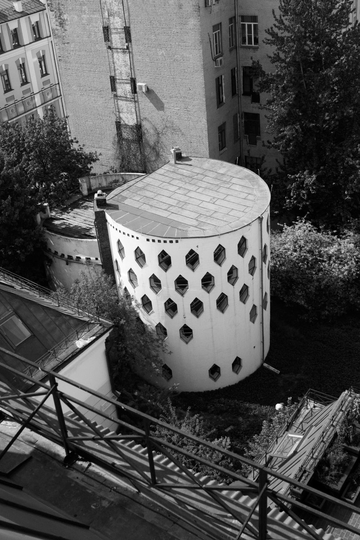
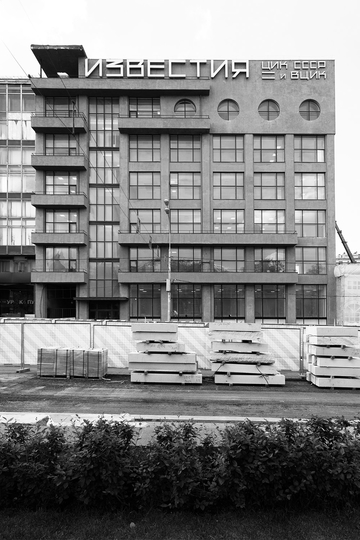
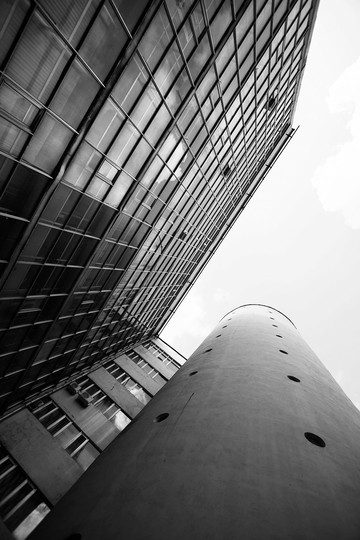
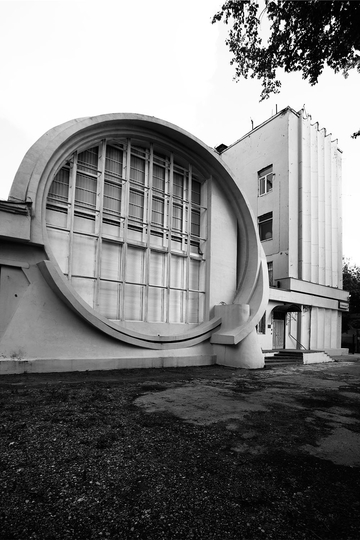
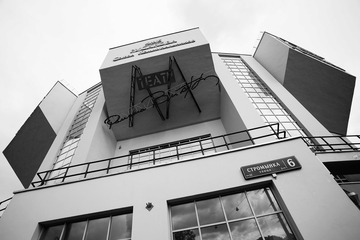
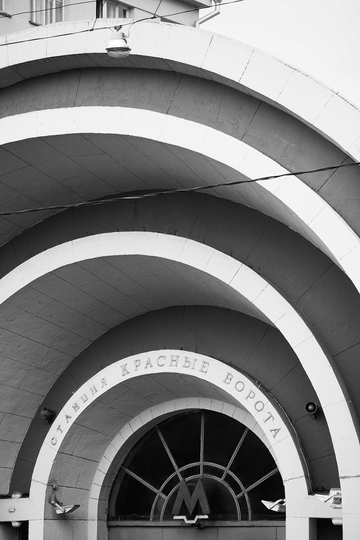
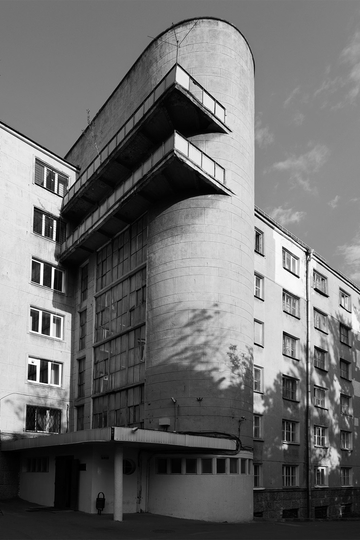
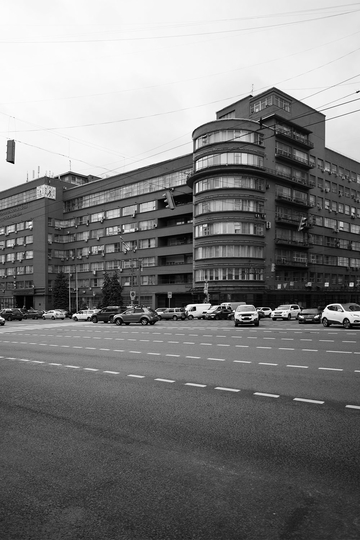
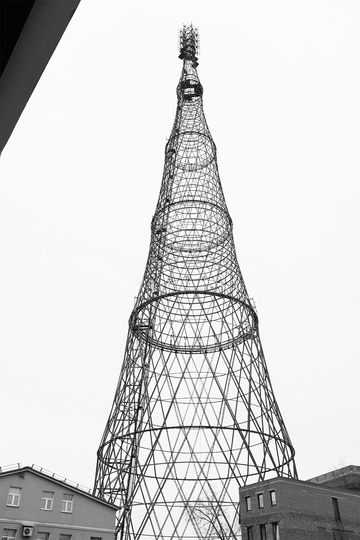
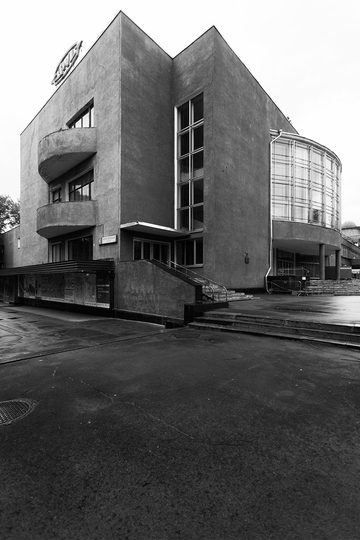
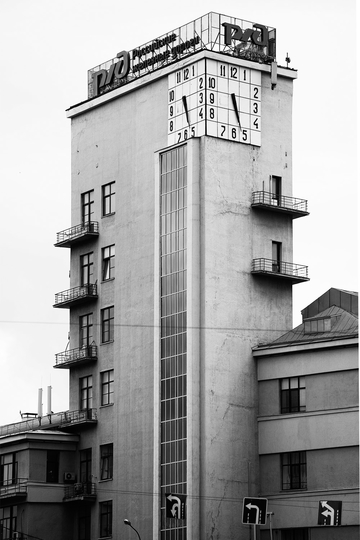
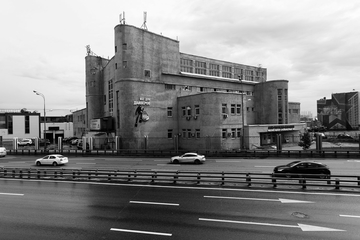
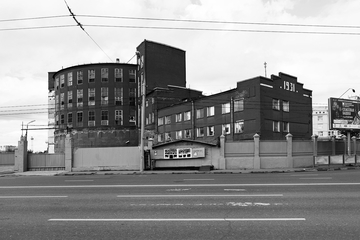
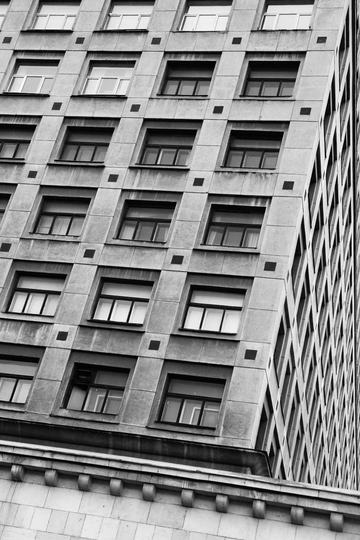
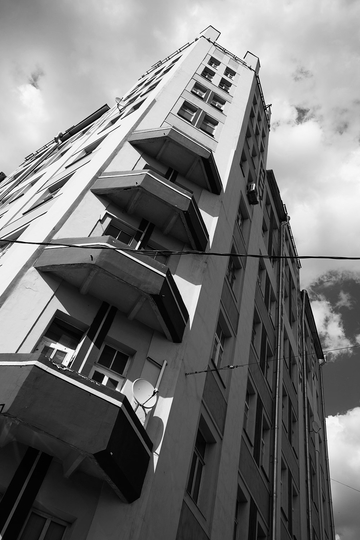
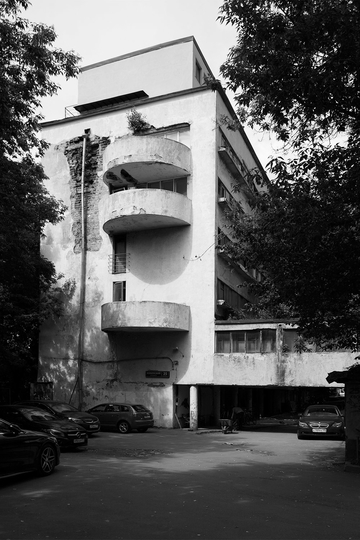
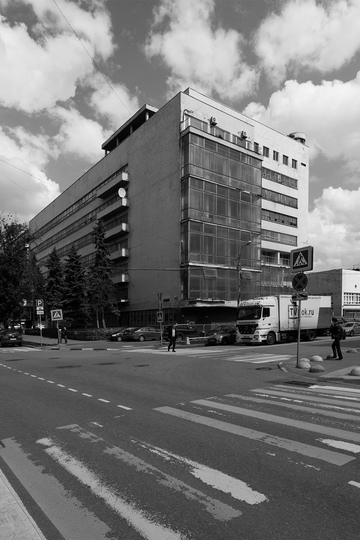
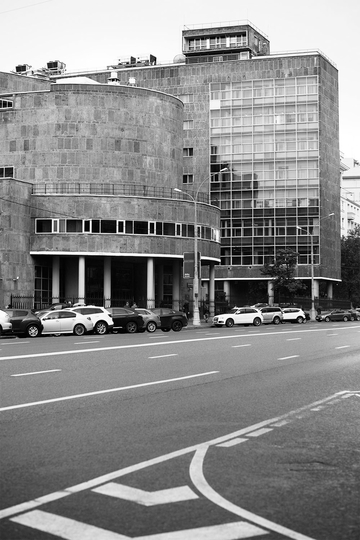
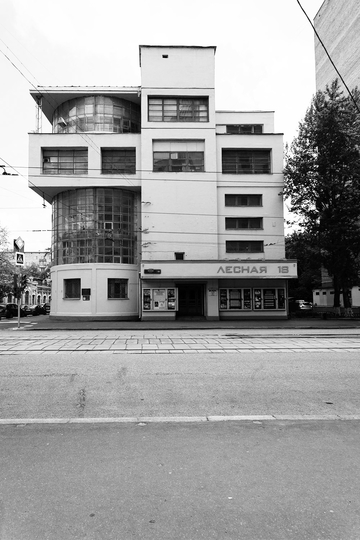
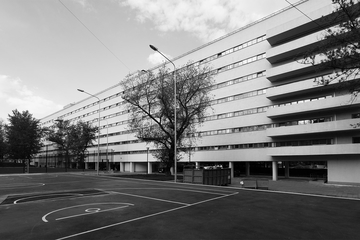

© Natalia Melikova

© Natalia Melikova

© Natalia Melikova

© Natalia Melikova

© Natalia Melikova

© Natalia Melikova

© Natalia Melikova

© Natalia Melikova

© Natalia Melikova

© Natalia Melikova

© Natalia Melikova

© Natalia Melikova

© Natalia Melikova

© Natalia Melikova

© Natalia Melikova

© Natalia Melikova

© Natalia Melikova

© Natalia Melikova

© Natalia Melikova

© Natalia Melikova

